If you’re experiencing pain in your thigh, it’s best to take note of when it occurs and what you do during it. This will help your...
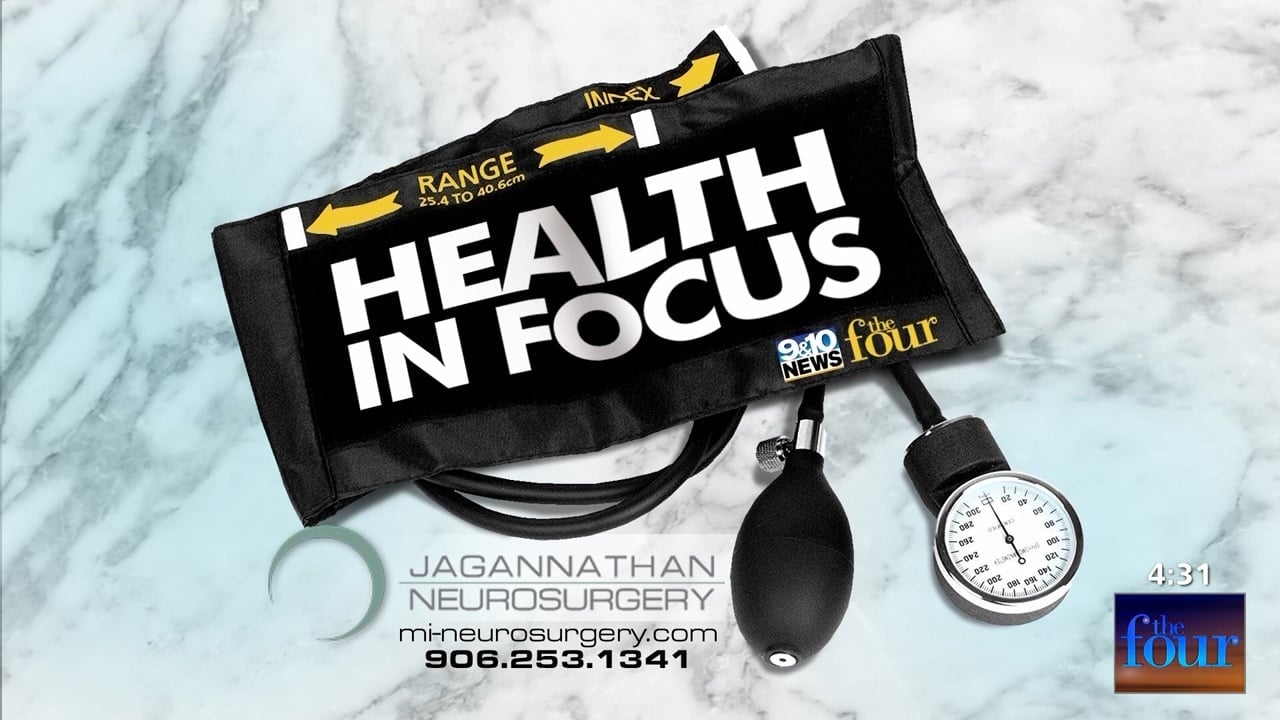
November 2 2022 In order to continue our discussion about minimally invasive procedures Dr. Jagannathan joins us live to discuss more details about them with regard...
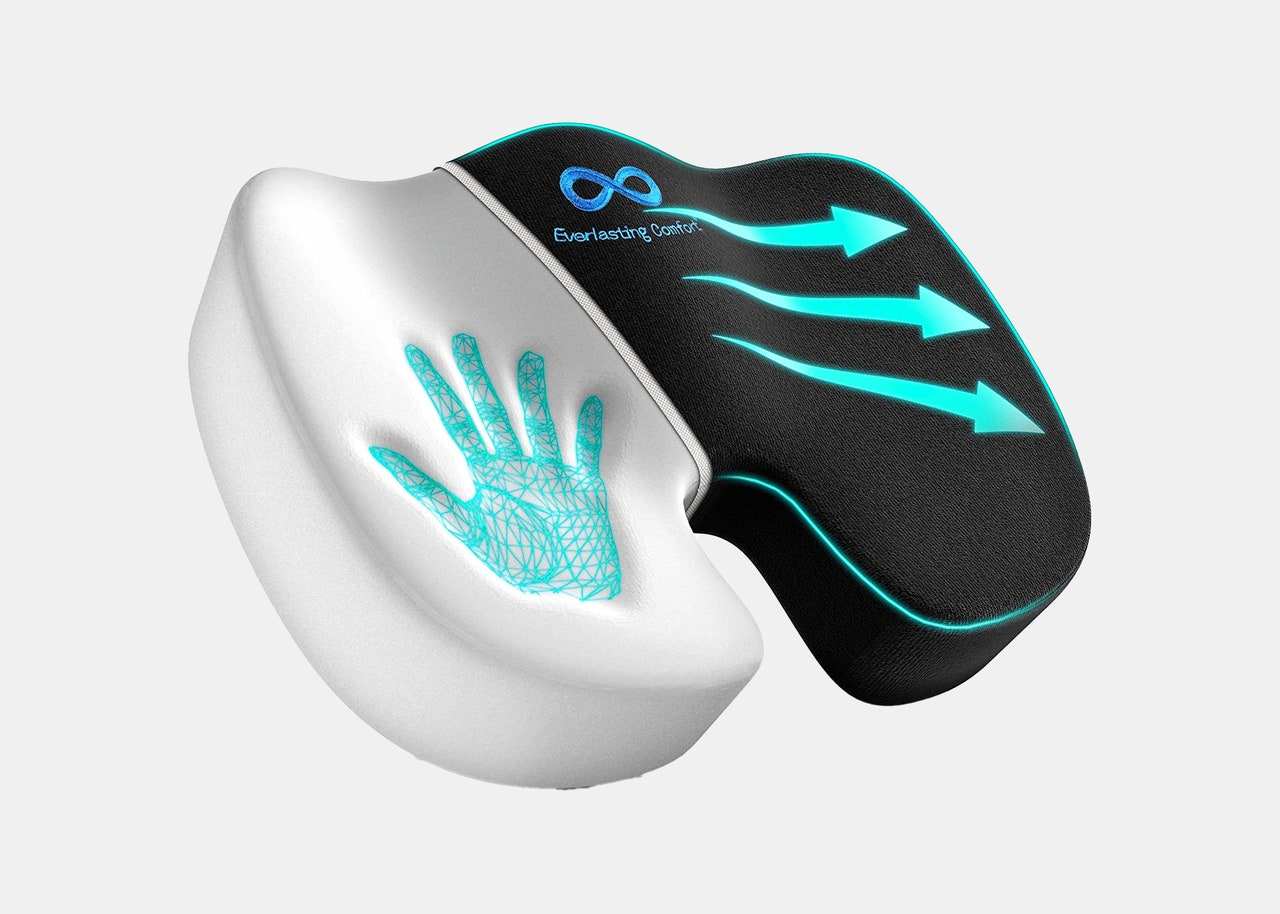

Traveling with sciatica is a major discomfort in the butt — literally. If you’re lucky enough to secure seats in business class where it’s possible to...
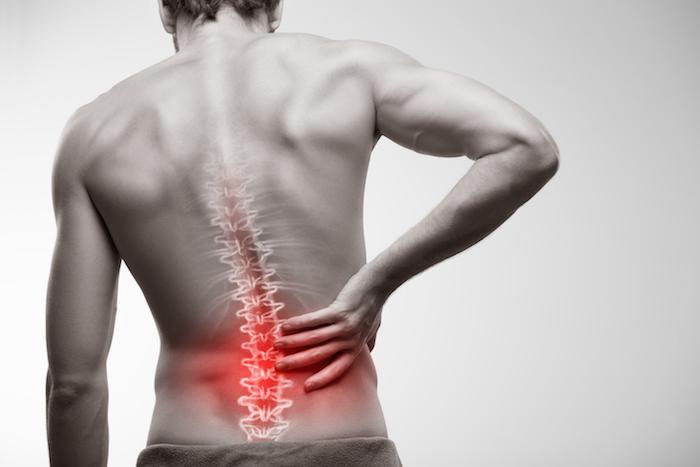

If you have sciatica, this article can help you identify the symptoms of this condition. Read on to learn the four types of sciatica and how...
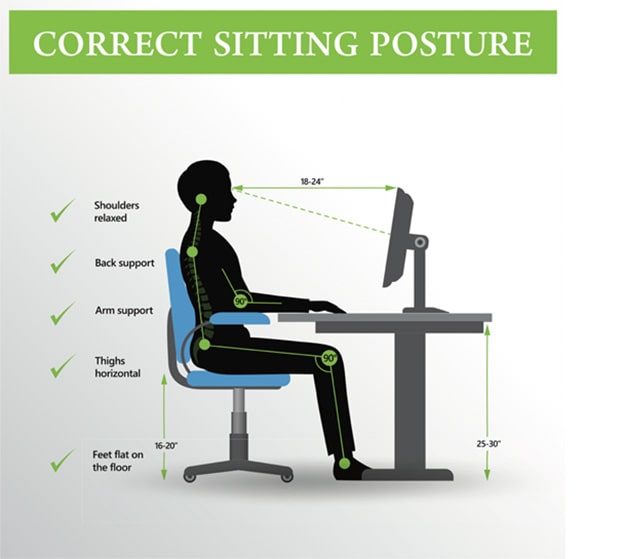

If you have sciatica pain, you should avoid sitting for long periods. Instead, it would be best if you tried to stand or lie down, which...
Sciatica painfulness is frequent problem that is quite common. It is a lower back pain, which usually begins at the back and then moves towards at...


There’s lots of things going on regarding Heather Rae Young’s pregnancy and the situation is somewhat uncomfortable for the expecting mother. When she updated her fans...
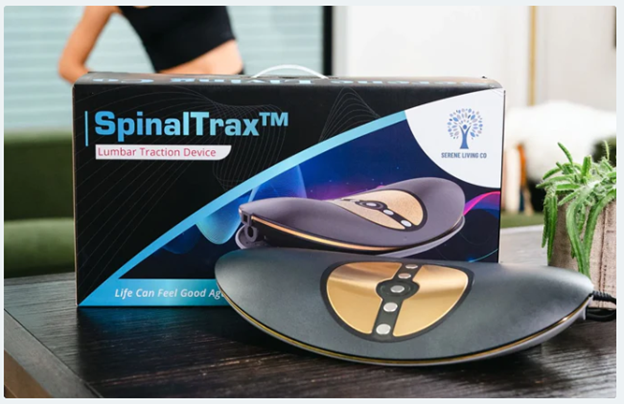

Deccan Herald


– Salisbury Post
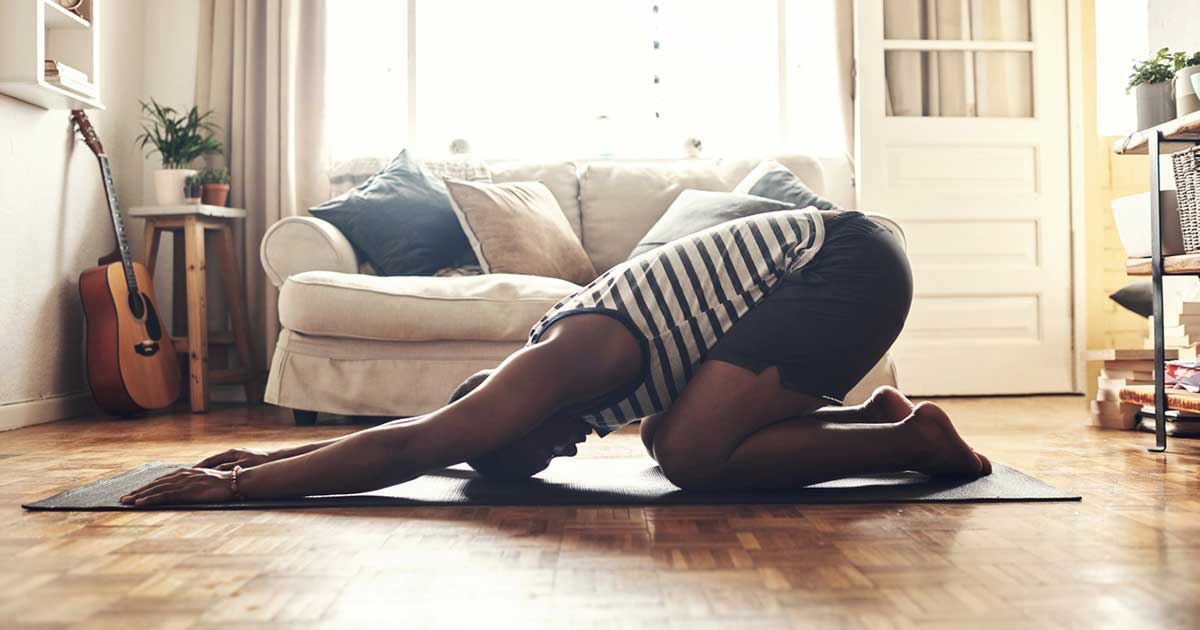
There are two kinds of sciatica one being mechanical, where something such as a bone spur or herniated disc pushes onto the nerve as well as...